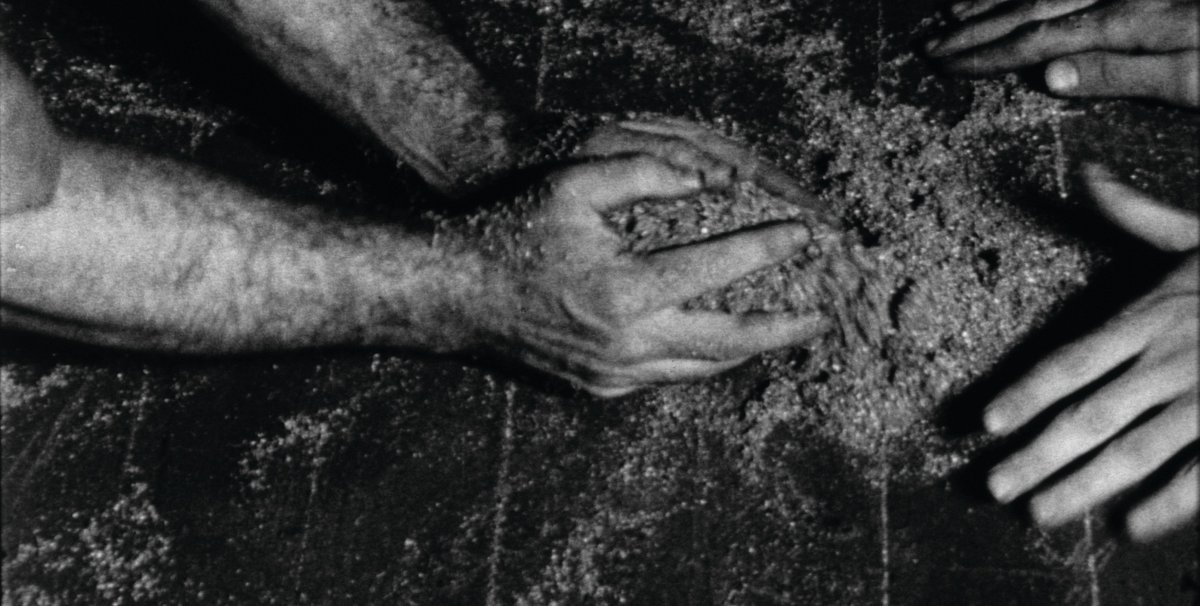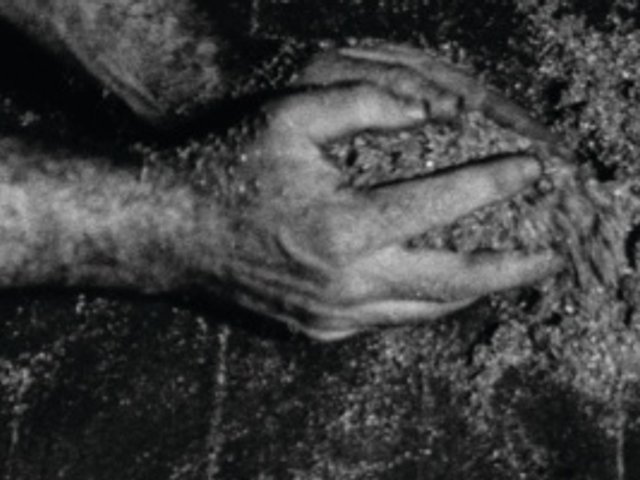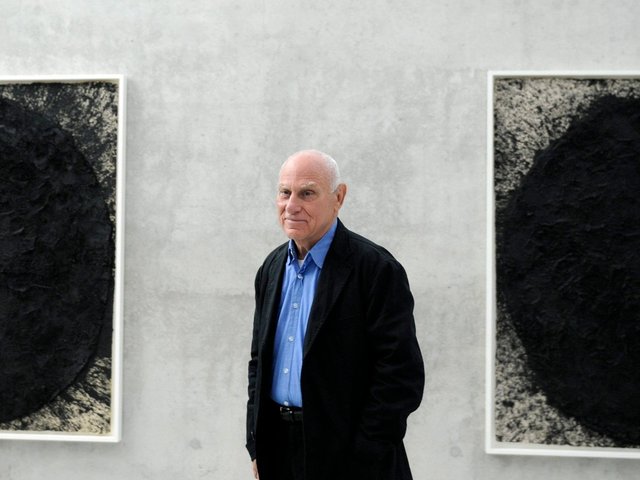Richard Serra: Films and Videotapes
Kunstmuseum Basel
Until 15 October
The US artist Richard Serra, known for his graceful yet powerful monumental steel sculptures, has not made a film or video work since 1979, which may explain why this part of his career is sometimes overlooked, says Søren Grammel, the organiser of Richard Serra: Films and Videotapes, at the Kunstmuseum Basel, which runs until 15 October.
The show is part of the museum’s wider strategy of investigating and presenting lesser-known aspects of individual artists’ output, Grammel says. “We visited [Serra] in New York and met him to talk about the project, and at first he was surprised himself that we wanted to focus on this area.”
The museum is displaying 15 works, including ten from its collection, made by Serra between 1968 and 1979. The videotapes have sound, as do some of the black-and-white and colour 16mm films. The film works have been copied on to 16mm film from the fragile originals for the exhibition, in collaboration with the Museum of Modern Art in New York, which has also lent four works. Such films require a special looping system and are often transferred instead to digital media, as it is less expensive and simpler to show. But in doing this, Grammel says, some of the analogue qualities do not translate.
Serra’s films often reference the medium itself. In Hands Scraping, from his 1968 “Hands” series, the initial frame shows a pile of lead shavings—similar to a grainy image—being methodically cleared away by the hands of Serra and his collaborator, the composer Philip Glass, to reveal clean floorboards underneath. “In a way, that is like focusing an image,” Grammel says.
What do the films have in common with Serra’s colossal sculptures? The “material used and the ways it can be processed” drive the artistic approach, according to Grammel. The “Hands” films “demonstrate a particular action that can be applied to a material—and in a way, it’s always the material that pre-considers the action”, he adds, citing Hands Tied, in which Serra wriggles out of rope binding his wrists.
Some of Serra’s video works, meanwhile, critique broadcast television at the time. The 1973 single-channel video Television Delivers People, made with the artist Carlota Fay Schoolman, shows provocative text such as “Television delivers people to an advertiser” as generic commercial music plays in the background. Serra and Schoolman even bought airtime to show the work on television.
Grammel thinks commercialism, combined with Serra’s early abandonment of film and video, may be a reason why these works are not as well known as his sculptures: the art market “still prioritises object-based artworks”, he claims. “There is a large interest [in] time-based media … but still, when we walk across fairs and see what galleries are showing, it’s mostly object-based.” If you’ve had enough of the objects at the fairs this week, you know where to go.




